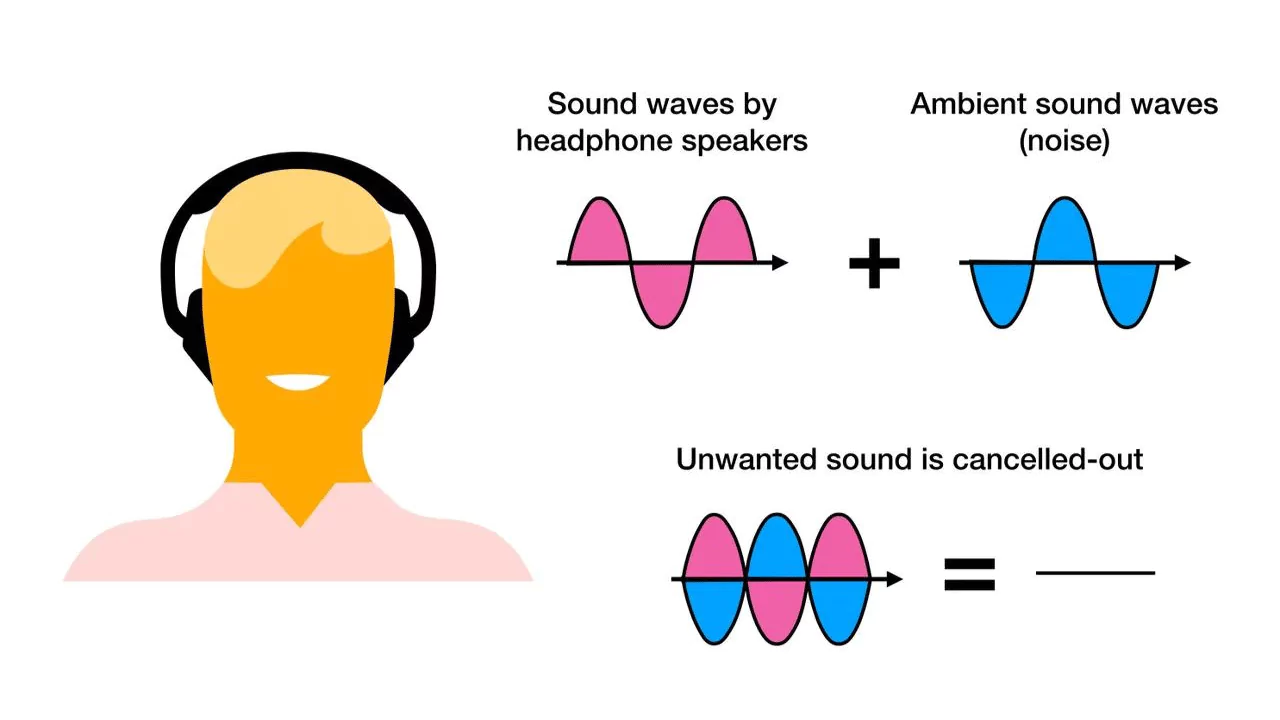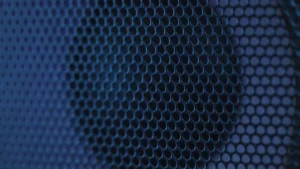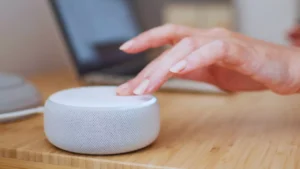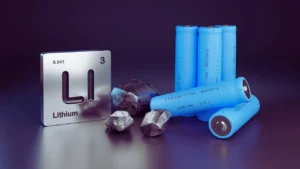Noise-canceling headphones omit the surrounding noise and let you enjoy the sound or music coming from the headphones. These headphones have an ANC – Active Noise Canceling feature that removes noise so that you do not have to compromise with your music. The basic physics behind its workability is the cancellation of positive and negative sound waves.
If you want to get to the details of how noise-cancellation headphones work, then dive through this guide.
In This Article:
What is the difference between sound and noise?
Let’s start with the basics if you want to know how noise-cancellation headphones work.
Sound is defined as the compression and decompression of the particle in any medium, and here, we will take the medium as air. So, with the change in your pressure, these sound particles also change, and this is measured through your pressure amplitude. These changes are detected as pressure or sound.
You can picture the sound in the form of waves, which designate amplitude over time. So, the larger the amplitude, the louder the sound would be. Also, the faster the changes, the higher the pitch will be.
Now, sound can be distinguished in two ways: wanted or unwanted. This unwanted sound, which is unpleasant, is termed as noise. Noise cancellation headphones work on this loud sound or noise and cancel them out so that you can only receive the pleasant sound or the music that is being played through the headphones.
How do headphones cancel outside noise?
Headphones that come with noise cancellation use the theory called Phase Inversion, which is required to create “anti-noise”. Suppose you want to make two identical waves and lay them up with each other and also match the peak and trough. Then, it is said that these two lines are in “in-Phase”. Now, when these two lines are summed up together, the result is a larger wave or larger sound.
But, what if you delay one of the waves by half wavelength? Here, also, you need to match the trough with the peak of the other line. Now, this phenomenon is known as “out of Phase”. Here, you are subtracting one phase from another. Thus, as a result, one wave has a positive pressure, and the other wave has a negative pressure. This leaves you with zero waves, which is known as noise cancellation.
Thus, the theory is quite simple: one negative added to one positive leaves you with a zero. This is a simple formula of physics that is used in noise-cancellation headphones.
What is the building feature of a noise cancellation headphone?
Noise-cancellation headphones are designed to distinguish between the outside and the inside of earphone sound. The two most important pieces of hardware are the ANC chips, which inverse the sound waves, and the speaker inside the headphones, which cancels the outside sound by neutralizing the sound wave.
How are microphones put into use for noise cancellation?
A noise cancellation headphone must continuously monitor and sample ambient noise to create anti-noise, and this is done through the inbuilt microphone of the headphones. The built-in microphone picks up the ambient noise around you and then transfers it to the main electronic board.
Next, the sound that is generated by the music that you are hearing through the headphones is created exactly opposite to this sound so that it can get canceled out. Thus, as a result, you are only able to hear the music from your headphones, and nothing from outside is audible
Does the noise cancellation feature always work?
Noise cancellation headphones are also not perfect as it is easier to detect the sound that is constantly coming, but sudden spontaneous sounds or random noises occur, and then it fails to cancel sound waves.
The headphone manufacturing companies that have improved in their skill of building headphones near to is a theoretical proposition, make better noise-cancellation featured headphones.
What are the factors you should look for while choosing a noise cancellation headphone?
Noise-cancellation headphones can be pricey, but by wearing them, you can find peace and also work without any unpleasant sound from the surroundings. There are sudden criteria and combinations that make a perfect noise-cancellation headphone, such as:
Comfort
This should be your top priority as you have to wear the headphones for long hours, and if the listening hours get extended, the headphones should not feel like a burden. Choose the material that would be comfortable for your ear cups, and also, the band wrapping around your head should be of good quality. Try not to get headphones that have a squeezing effect on your head. Use lightweight headphones that can be carried for hours.
Sound quality
Noise-cancellation headphones also have very quality sound. You may also find headphones that have dynamic reach and immersive sound, which are flagship headphones nowadays. Go for the one that has a Bluetooth connection and also delivers higher bitrates. Check whether the headphones can be tuned with all the components or devices without any hassles.
Battery life
When you are buying a headphone, you must check how long it lasts on a single charge. Get a wireless headphone that helps you to listen to music for around 20 hours, or if it exceeds, then you have cracked the jackpot.
Pairing means
The headphones should have multi-point Bluetooth connectivity. These are the ones that can keep you one step ahead in the game. You should be able to pair two devices at the same time, making it easy for you to answer the phone as well as hear music on your laptop. It also should have a settings menu that is fuzz-free.
Is there a sign of dizziness due to noise-canceling headphones?
Based on the theoretical approach, noise cancellation technology or headphones can generate low-frequency vibration, which balances receipts connected to the ears’ stereocilia. Now, these receptors are unable to communicate truly to the brain whether the head is moving. This tricks the brain into thinking that it is experiencing dizziness or nausea.
The only solution for this is to decrease the ANC intensity. You can use a headphone app to make the changes. Otherwise, only buy noise-cancellation headphones that are of top quality and come with optimal AMC. Otherwise, if you are a frequent flyer, then you can let go of the active noise-cancellation headphones.
Can you still hear the sound after wearing noise-canceling headphones?
Yes, if the sudden change in pitch occurs too frequently, then the noise-cancellation headphones fail to analyze and process the difference. Thus, some noises are not canceled out, and you can still hear them, even after wearing noise-cancellation headphones.
Will the noise cancellation features still work if you are not hearing any music?
Yes, the noise cancellation feature will still work even without music. It will block all the surrounding sounds, and you can enjoy your peace in silence without activating music.
What is the cost of noise-cancellation headphones?
Based on the brand, a flagship noise-cancellation headphone can cost around $400.
Is noise cancellation safe?
Yes, Noise cancellation headphones do not harm your ears. Rather it helps to privatize your work and enhance your productivity. It also improves your listening experience. However, you must keep a check on the volume and ensure it is not too high.
What is the disadvantage of using noise-cancellation headphones?
The only disadvantage of using noise-cancellation headphones is the pressure on your ears. If you are using the headphones for a long period of time, then it can create pressure on your ear and initiate pain. So, divide the time span for which you are going to use the noise-cancellation headphones.





